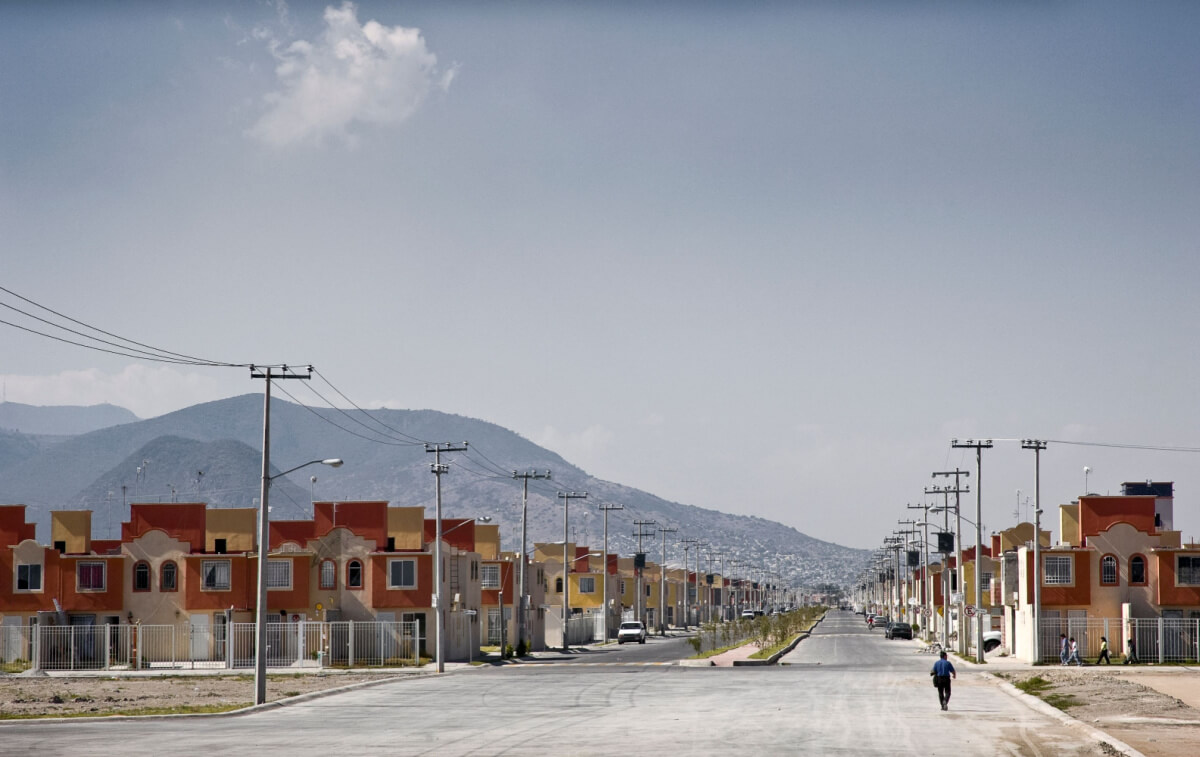
We believe that all individuals are equally likely to be at risk for SUD no matter what their financial background. However, people of low SES are more likely to have limited access to SUD resources and thus more likely to suffer poor outcomes from their use disorder.
Substance misuse frequently hits poor communities the hardest, as these communities often lack resources to help people recover. SUD treatment can be expensive and this can create a barrier in lower SES patients. This article will discuss in brief some of the barriers that patients from low SES communities face when seeking SUD treatment.
Key Statistics on How SUD Impacts Low-Income Communities
Some statistics about substance use disorders and low-income communities include the following:
- A 2018 study found that among people who report illicit drug use, individuals in the lowest income group were more likely to report having financial or social problems as a result of their substance use.[1]
- In a study of zip codes in 17 states, higher level of poverty and lower levels of education were associated with higher rates of opioid overdose.[2]
- Poverty and unemployment are associated with a higher risk of heroin overdose.[2]
- Unemployment is a risk factor for SUD, and SUD is a risk factor for unemployment.[3]
- People with financial difficulties are sometimes more likely to misuse substances.[4]
How Has Substance Use Disorder Impacted Low-Income Communities?
The relationship between poverty and drug dependence is complex, but there are a number of factors more common in low-income areas that can contribute to higher rates of drug misuse and SUD.
Cost of Treatment
Lower income communities tend to have poorer access to quality addiction treatment. Treatment for SUD can be costly, with more intensive treatment, such as inpatient treatment, potentially costing thousands of dollars. This is an expensive and difficult undertaking even for individuals of middle-income levels, but it can be completely cost prohibitive to people in lower income brackets, particularly those who are uninsured.
Provider Shortages
Low-income communities may not even have certain kinds of addiction treatment resources available nearby, especially rural communities. There are also shortages of providers in low income communities to provide prescriptions for MAT, and fewer therapists and behavioralists to help provide behavioral support which is a key component in recovery.
Criminal Activity/Legal involvement
Low social mobility through legitimate means can both push people into drug related criminal activity. Legal repercussions of drug use can further complicate one’s ability to seek treatment.
Mental Illness
Substance use disorders commonly co-occur with other mental health disorders. Some common mental health disorders that co-occur with SUDs include the following:[5]
- Anxiety disorders
- Depression
- Attention deficit hyperactivity disorder (ADHD)
- Bipolar disorder
- Personality disorders
- Schizophrenia
Patients of lower SES are at higher risk of co-morbid mental health conditions that may complicate their ability to get treatment for SUDs. [5]
What Treatment Options & Support Resources Are Available to Those in Need?
While SUD treatment may be harder to come by in lower resourced communities, there are always options available.
A good place to learn about SUD resources in your area that may be cheaper or free is via SAMHSA’s National Helpline. You can learn about local treatment facilities, support groups, and community-based organizations that help those dealing with SUD.
Telehealth care for addiction is one way to circumvent the access issues in lower income communities [9]. While low-income areas might have limited treatment facilities, telehealth enables addiction treatment specialists to treat people regardless of where they live.
At Bicycle Health, we offer Medication for Addiction Treatment via our telehealth services, offering care to people throughout the U.S., including those in low-income communities. Reach out to us today.

Medically Reviewed By Elena Hill, MD, MPH
Elena Hill, MD; MPH received her MD and Masters of Public Health degrees at Tufts Medical School and completed her family medicine residency at Boston Medical Center. She is currently an attending physician at Bronxcare Health Systems in the Bronx, NY where ... Read More
- Baptiste-Roberts K, Hossain M. Socioeconomic disparities and self-reported substance abuse-related problems. Addict Health. 2018 Apr;10(2):112-122. https://www.ncbi.nlm.nih.gov/pmc/articles/PMC6494986/
- Pear VA, Ponicki WR, Gaidus A, Keyes KM, Martins SS, Fink DS, Rivera-Aguirre A, Gruenewald PJ, Cerdá M. Urban-rural variation in the socioeconomic determinants of opioid overdose. Drug and Alcohol Dependence. Published February 1, 2019;195:66-73. https://pubmed.ncbi.nlm.nih.gov/30592998/
- Nolte-Troha C, Roser P, Henkel D, Scherbaum N, Koller G, Franke AG. Unemployment and substance use: An Updated review of studies from North America and Europe. Healthcare (Basel). 2023;11(8):1182. Published 2023 Apr 20. doi:10.3390/healthcare11081182
- Azagba, S., Shan, L., Qeadan, F. et al. Unemployment rate, opioids misuse and other substance abuse: quasi-experimental evidence from treatment admissions data. BMC Psychiatry 21, 22 (2021). https://doi.org/10.1186/s12888-020-02981-7
- Substance use and co-occurring mental disorders. National Institute of Mental Health. Published March 2023. Accessed August 25, 2023. https://www.nimh.nih.gov/health/topics/substance-use-and-mental-health
- Crofts N. Drugs and development – caught in a vicious cycle. The Guardian. Published April 7, 2023. Accessed August 25, 2023. https://www.theguardian.com/global-development/poverty-matters/2011/apr/07/drugs-development-caught-vicious-cycle-policy
- National Youth Gang Survey Analysis: Demographics. National Gang Center. Accessed August 25, 2023. https://nationalgangcenter.ojp.gov/survey-analysis/demographics
- Grinspoon P. Poverty, homelessness, and social stigma make addiction more deadly. Harvard Health Publishing. Published September 28, 2021. Accessed August 25, 2023. https://www.health.harvard.edu/blog/poverty-homelessness-and-social-stigma-make-addiction-more-deadly-202109282602
- Molfenter T, Brown R, O’Neill A, Kopetsky E, Toy A. Use of Telemedicine in Addiction Treatment: Current Practices and Organizational Implementation Characteristics. Int J Telemed Appl. 2018;2018:3932643. Published 2018 Mar 11. doi:10.1155/2018/3932643
Download Our Free Program Guide
Learn about our program, its effectiveness and what to expect
Imagine what’s possible on the other side of opioid use disorder.
Our science-backed approach boasts 95% of patients reporting no withdrawal symptoms at 7 days. We can help you achieve easier days and a happier future.
